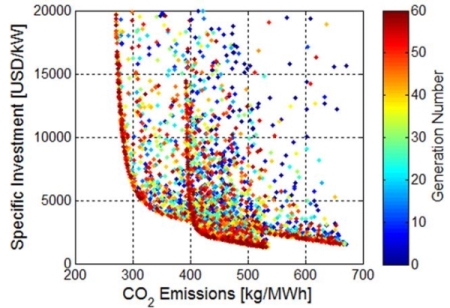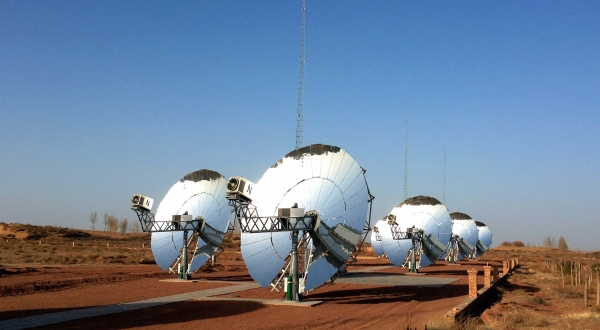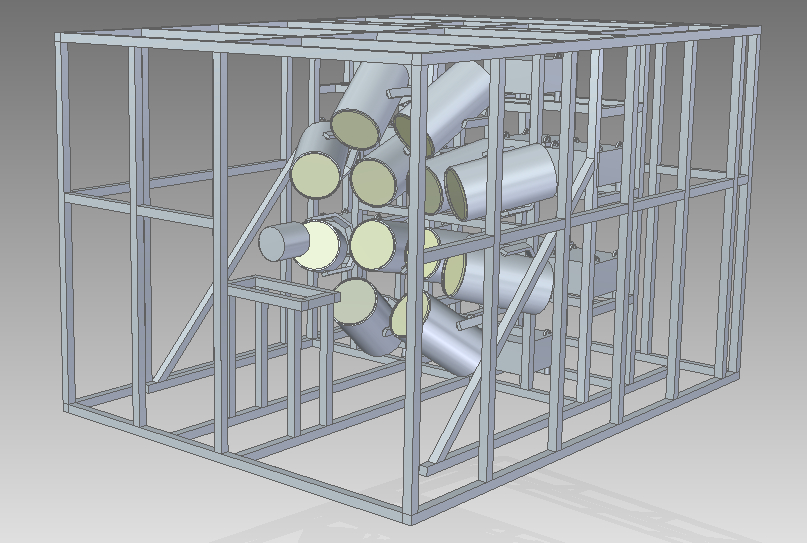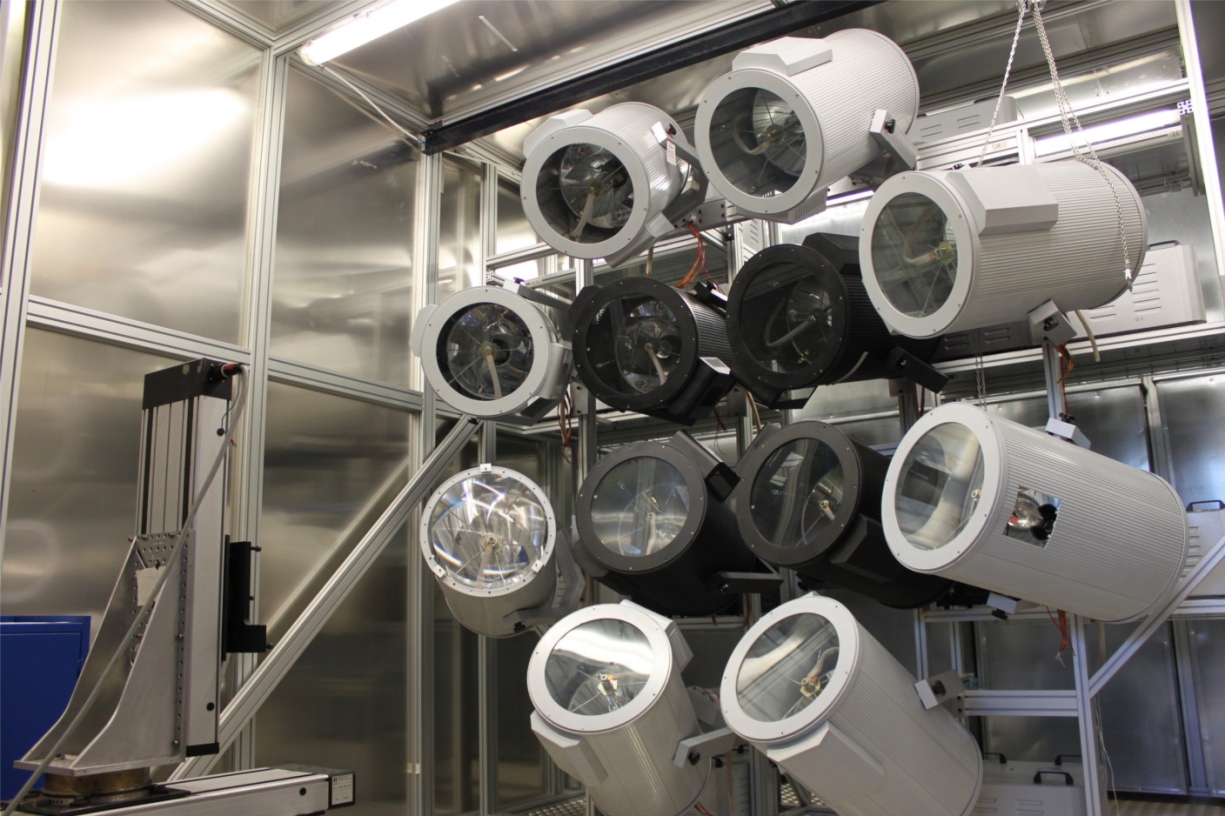Research Topics
High-flux solar component design and testing
Wujun Wang, Lukas Aichmayer
Techno-economic analysis and market studies
Rafael Guédez, Monika Topel

The economic and commercial viability of solar power systems depends not only on their technical performance, but also on the investment, operation and maintenance costs. In order to investigate the economics of different solar power plant concepts and proposed cost-optimised designs, the CSP group at KTH has developed sophisticated techno-economic and electricity market analysis tools.
More about this research topic.... (pdf 594 kB)
Thermal Energy Storage Integration Strategies
Rafael Guédez
Depending upon their configuration, solar thermal power plants can fulfil very different market roles. The IEA Solar Technology Roadmap identifies a number of key roles for solar thermal power plants. A first possible role is the provision of reliable and dispatchable baseload and mid-merit power in a future high-renewable penetration market where CSP can form the back-bone of the electricity grid. Secondly, the provision of rapid-response peaking power to compensate for fluctuations in other, non-dispatchable, renewable energy technologies such as wind and solar photovoltaics. Thereafter, different sizes and operation strategies will be adopted for the thermal energy storage depending whether on if its objective is to provide spinning reserve (or frequency response) or instead increase or shift the hours of production from the power plant.
Moreover, concerning power production, depending upon the market role that the solar power plant is designed to fill, the thermal energy storage system can also be designed in different ways. With a given size of solar collector field (and thus a fixed solar energy input and electricity output for system over a 24 hour period), the relative size of the storage tank and power block can be changed, to supply different types of electricity services. In general, three distinct roles can be distinguished (based on those recommended by the IEA): baseload production, load shifting and peak power production.
By use of the DYESOPT and EDGESIM in-house tools, both specific power plant design considering storage component, and market role of the solar power plant can be analyzed and combined to best optimize the storage design and operating strategy in order to increase the economic viability of the solar power plant.
Thermo-mechanical analysis of solar power plant components
Monika Topel

The operation of solar thermal power plants is very different from that of traditional base-load power plants: as a result of the variable nature of the solar supply and the daily operating cycle of solar power plants, the number of power plants starts per year is an order of magnitude higher. This requires component optimisation to avoid excessive thermal stresses and low cycle fatigue during start-up, shut down and load variations. Coupled thermo-mechanical and thermodynamic models of the power plant components (developed using COMSOL® and MATLAB®) allow promising component modifications to be studied and their effects on the thermal stresses to be determined. Typical examples include the steam turbine units, where thermo-mechanical analysis has allowed optimisation of start-up curves and operating strategies to increase flexibility.
More about this research topic.... (pdf 192 kB)
Dish-Stirling solar collector design
Jorge Garrido

Dish-Stirling systems have provided one of the highest solar-electricity efficiencies with demonstrated conversion around 30%. However, a significant drop in the overall price has to be achieved to become cost-competitive within the energy market. A key point to reduce costs is to increase the efficiency of the solar conversion process at the same time as the components lifetime is increased.



